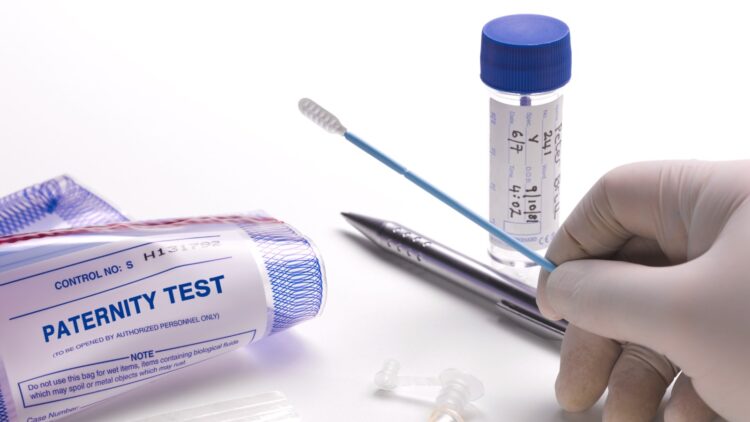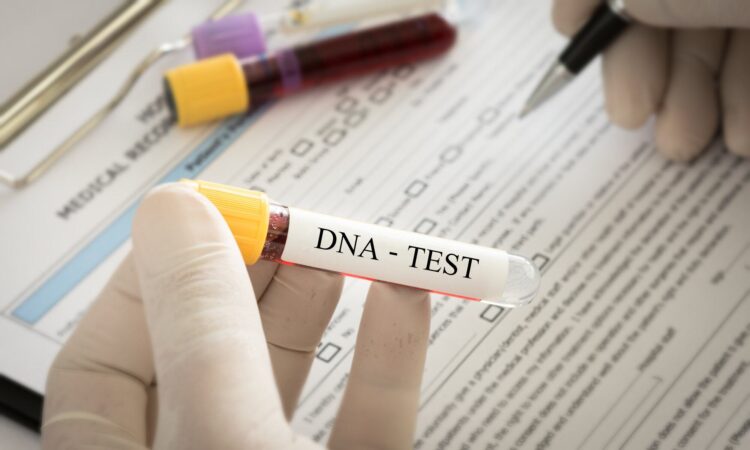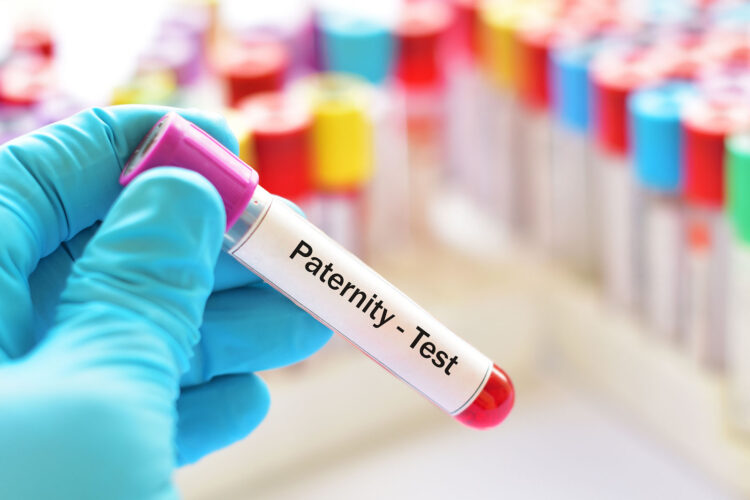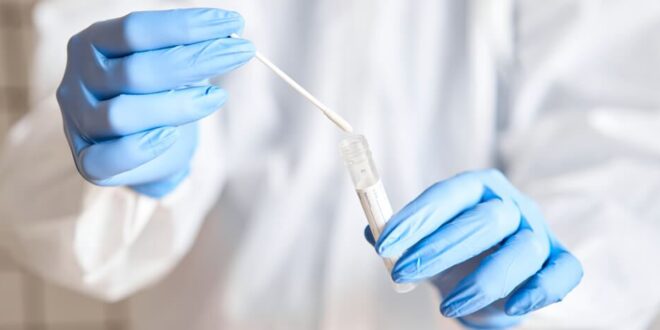DNA, short for deoxyribonucleic acid, is the genetic material that makes us who we are. It is a unique blueprint, a distinct combination of codes passed from parent to offspring, carving out our identities, down to the smallest details. In the realm of the law, the unparalleled uniqueness of DNA has provided a potent tool to establish paternity. It has become a lynchpin, a silent arbiter in disputes where establishing the biological parent is pivotal.
Paternity testing compares the sequences of two individuals to ascertain if there is a biological parent-child relationship. This process provides the most reliable and definitive method of confirming or disproving the biological links between an alleged parent and a child. It just so often happens that a court ordered paternity test is needed. From child custody disputes to inheritance claims and issues of child support, the role of DNA in settling these contentions is undeniably pivotal.
Legal Framework for Court-Ordered Paternity Tests

In most legal jurisdictions, the court may order a paternity test if a party disputes the paternity of a child. The precise conditions and laws, however, vary from place to place, depending on the jurisdiction’s family law framework. For example, in the United States, the Uniform Parentage Act offers guidelines for these situations, establishing a process for voluntary acknowledgment or denial of paternity and the handling of disputes.
Despite differences, a commonality in most jurisdictions is the necessity for consent before DNA collection. However, if a person involved in a dispute refuses to take a DNA test, the court can infer paternity based on their refusal. This legal aspect underscores the importance of understanding one’s rights and obligations in such proceedings.
Understanding the Accuracy
The concept of DNA testing hinges on probability, but it might not be as complicated as you think. DNA testing doesn’t offer 100% accuracy — instead, it deals in probabilities. For example, a paternity test might indicate that an alleged father is 99.99% likely to be the biological parent. While this is not absolute certainty, it’s close enough to establish legal paternity in most jurisdictions.
But why isn’t it 100%? Well, human genomes are 99.9% identical. The small fraction that varies among individuals is what the tests target. Due to random genetic recombination, it is improbable but technically possible for unrelated individuals to share enough genetic markers to create a false-positive test result.
Types of DNA Tests Used in Paternity Determination

Different types of DNA tests can be used to determine paternity. Each varies in complexity, cost, and accuracy. The most common one is the Short Tandem Repeat (STR) analysis, a type of test that analyzes specific regions of DNA where the patterns repeat themselves. STR analysis provides highly accurate results and is the test of choice in most legal proceedings.
Y-chromosome testing is another type of DNA test that can be used. Since the Y-chromosome is passed from father to son virtually unchanged, this test is particularly useful in cases where the alleged fathers are closely related or when the alleged father is not available for testing.
Mitochondrial DNA testing, although not typically used in paternity cases, can provide valuable genetic information in special circumstances. It is often used in historical or archaeological cases, as mitochondrial DNA is passed from mother to child and remains relatively unchanged for generations.
Process of Obtaining Court-Ordered Tests
The process of obtaining a court-ordered paternity test generally starts with a petition filed by an interested party. This could be the mother, the alleged father, or in some cases, even the child. The petition details the reasons for the test and provides any supporting evidence that points towards the alleged father.
The court then reviews the petition and other presented evidence to decide whether there’s enough basis to order a paternity test. If the court orders the test, an accredited laboratory is chosen to perform the DNA test, and arrangements are made for sample collection.
Rights and Obligations of the Parties Involved

The parties involved in a court-ordered test have both rights and obligations. For the alleged father, if the test confirms paternity, he acquires both the rights to custody or visitation and the obligations for child support. If he had denied paternity, and the DNA test proves otherwise, he could be held liable for the costs of the test.
The child also has rights, including the right to financial support, inheritance, and access to the father’s medical history. If paternity is established, the child may also gain a sense of identity and closure, which can be vital for emotional development.
The mother, too, has a vested interest in the process. Establishing paternity can ensure financial support for the child and may even influence custody arrangements. However, it also comes with the obligation to facilitate a relationship between the child and the father, barring any safety concerns.
Challenges and Limitations of Evidence in Court
While DNA evidence can be potent, it’s not without its challenges and limitations. One key challenge lies in the collection and preservation of DNA samples. Any mishandling can lead to contamination, degradation, or loss of the sample, potentially skewing the results.
Another challenge is the possibility of false positives or negatives. As previously discussed, while highly accurate, DNA tests still deal in probabilities. There’s a small chance that an unrelated person might share enough genetic markers with a child to appear as the biological parent or vice versa.
Expert Testimony and Presentation of DNA Results

The results of a test are typically presented in court through expert testimony. The expert, usually a scientist or lab technician from the testing lab, explains the process of DNA testing, the analysis carried out, and the probability of paternity based on the test results.
This expert testimony is crucial as it helps the court, the parties involved, and the jury (if any) understand the scientific process and the meaning behind the numbers. The expert translates the complex scientific concepts into layman’s terms, ensuring everyone comprehends the results and their implications.
Summary
It is evident that DNA plays an important role in court-ordered paternity tests. Through the use of new technologies and advances in scientific knowledge, it has become possible to accurately determine parentage through genetic testing. This can lead to a more just outcome for all parties involved, as well as improved accuracy over traditional methods such as blood tests or other documentary evidence. Overall, we are fortunate to have the technology available today which allows us to investigate matters such as paternity with a greater degree of precision than ever before.
 Hi Boox Popular Magazine 2024
Hi Boox Popular Magazine 2024



